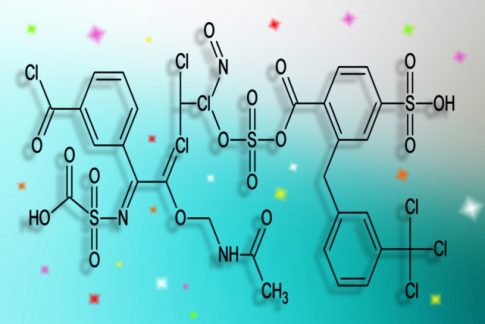Androgenetic Alopecia (AGA) is a type of hair loss that occurs mainly in men due to genetic and hormonal influences. This causes gradual thinning of the hair, usually on the crown and front of the head, and may eventually lead to hair loss. AGA can develop from a young age, and its progression often increases with age. Below, we will discuss the causes of AGA in detail.
- genetic factors
Family history: Male pattern baldness has a strong genetic component, and those with a family history of baldness are at higher risk of developing it. Genetics can be inherited from both the mother and father, and the severity and progression of alopecia will vary depending on the combination of genes. - hormonal influence
Dihydrotestosterone (DHT): The male hormone testosterone is converted to DHT by the enzyme 5-alpha reductase. When this DHT binds to the hair follicle (hair root), it causes the hair follicle to gradually shrink, causing hair growth to become shorter and thinner. Eventually, the hair follicle closes and hair growth stops.
Hormone Sensitivity: Not everyone has the same amount of DHT, but how sensitive your hair follicles are to DHT is also important. People with hair follicles that are genetically sensitive to DHT are more likely to develop male pattern baldness. - age
Aging: As you age, your risk of developing male pattern baldness increases. Many men begin to show signs of AGA in their 30s and 40s, and it often progresses with age. - Lifestyle and environmental factors
Stress: Chronic stress can disrupt hormonal balance and worsen AGA.
Nutritional deficiencies: Deficiencies such as iron, vitamin D, and zinc can contribute to hair loss.
Smoking and drinking alcohol: These habits can impair blood flow and prevent your hair follicles from getting enough nutrients. - Other factors
Drug side effects: Some drugs (especially antidepressants and antihypertensive drugs) can cause hair loss, which may not be directly related to AGA.
Health conditions: Health conditions such as diabetes or thyroid problems can also cause hair loss, but this may also be different from AGA.
Male pattern baldness is caused by a combination of these factors. Treatment usually involves medications aimed at suppressing the effects of DHT (e.g. finasteride and dutasteride) and minoxidil, which prevents the shrinkage of hair follicles caused by DHT.
Summary
Genetic and hormonal factors are the main causes of androgenetic alopecia (AGA), but aging, lifestyle, and environmental factors can also play a role. It is believed that family history due to genetic factors and changes in hormonal balance, especially dihydrotestosterone (DHT), have a large influence. The risk increases with age, and lifestyle changes and appropriate treatment can help slow the progression. Drug therapy that suppresses the effects of DHT and minoxidil, which prevents hair follicle shrinkage, are commonly used to treat AGA. By understanding each factor and taking appropriate measures, it is possible to slow down the progression of AGA.










